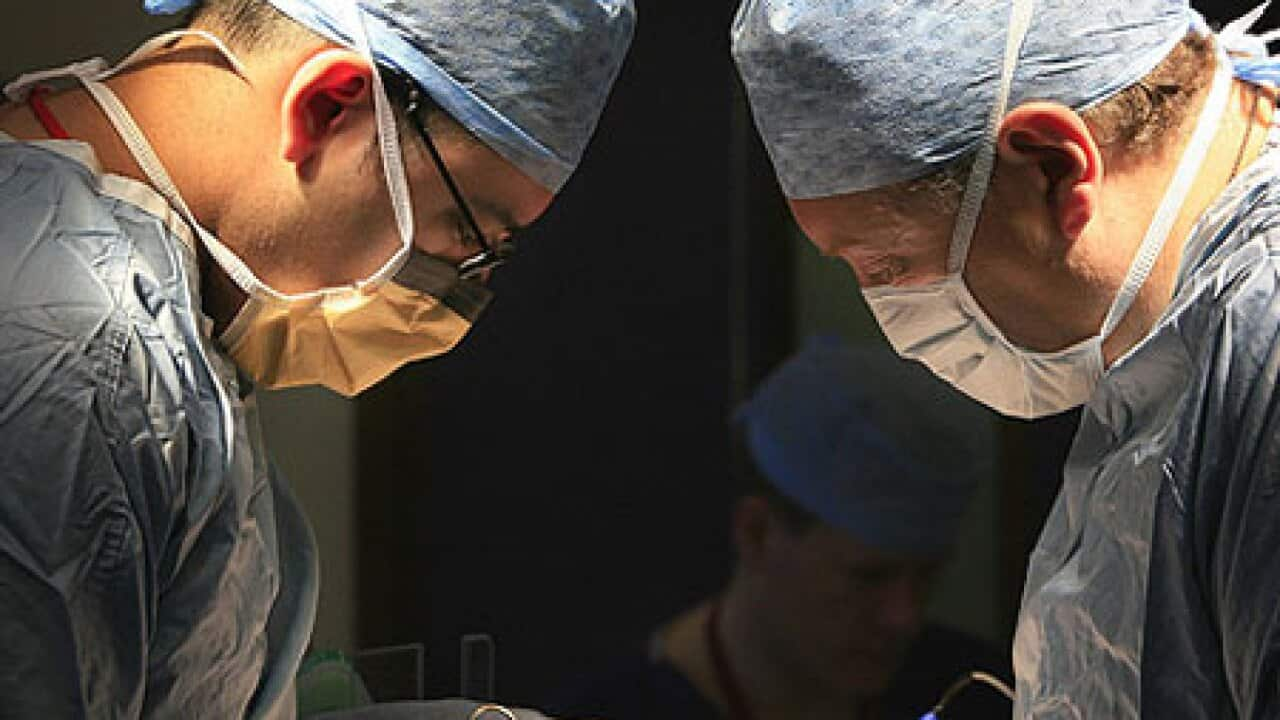Australia is a world leader for successful transplant outcomes, but has one of the lowest donation rates in the developed world, ranking at 13, with 13.8 donors per million population.
Figures indicate three Australians may die waiting for a transplant every day.
The Council of Europe lists the top ten countries in donors per million population as:
1. Spain 32
2. Portugal 30.1
3. USA 25
4. France 24
5. Austria 23.8
6. Italy 22
7. Norway 20.8
8. Britain 16
9. Germany 15.5
10. Canada 14.9
Higher donation numbers occur in Europe, including Spain, Austria and Italy, where 'presumed consent' laws apply, but this has not necessarily proven to be effective across all countries.
Other factors including public awareness, religion, culture, mortality and the capacity for hospitals to accept and transplant organs can affect the outcome of possible donations.
In 2008, a total of 27,809 organs were transplanted in the European Union, but 63,283 patients were still on the waiting list at the end of that year. One study found 229 people died in Canada while waiting for a transplant over the course of 2010.
Organ donation is possible when a patient is declared brain dead. Brain death occurs when there is no possible chance of recovery because blood circulation to the brain stops or the brain stops functioning.
Organs that can be donated include the kidneys, liver, heart, lungs, pancreas, intestines and body tissue, but donors must die in hospital to facilitate transplants.
According to the World Health Organisation, 66,000 kidneys, 21,000 livers and 6,000 hearts were transplanted globally in 2005, but the organisaiton says it's likely organ demand outstrips supply in every country around the world.
In 2008, The Economist reported that due to ageing and obese populations in prosperous countries, while supply was decreasing due to a fall in road deaths and heart attacks.
At any given moment, over 2,000 Australians are on a waiting list for a transplant. In 2011, 146,500 people died in Australia, but only 730 were identified as potential deceased organ donors and of these, only 337 became donors.
That figure was a 9 per cent increase on the previous year. The number of transplant recipients in 2011 is the highest number since records began.
One organ donor can save or improve the lives of up to 10 people.
In Australia, even though a person can register as an organ donor, the final decision rests with their family.
The government says it has evidence that making sure families know each others' wishes is one of the best ways to improve the consent rate.

